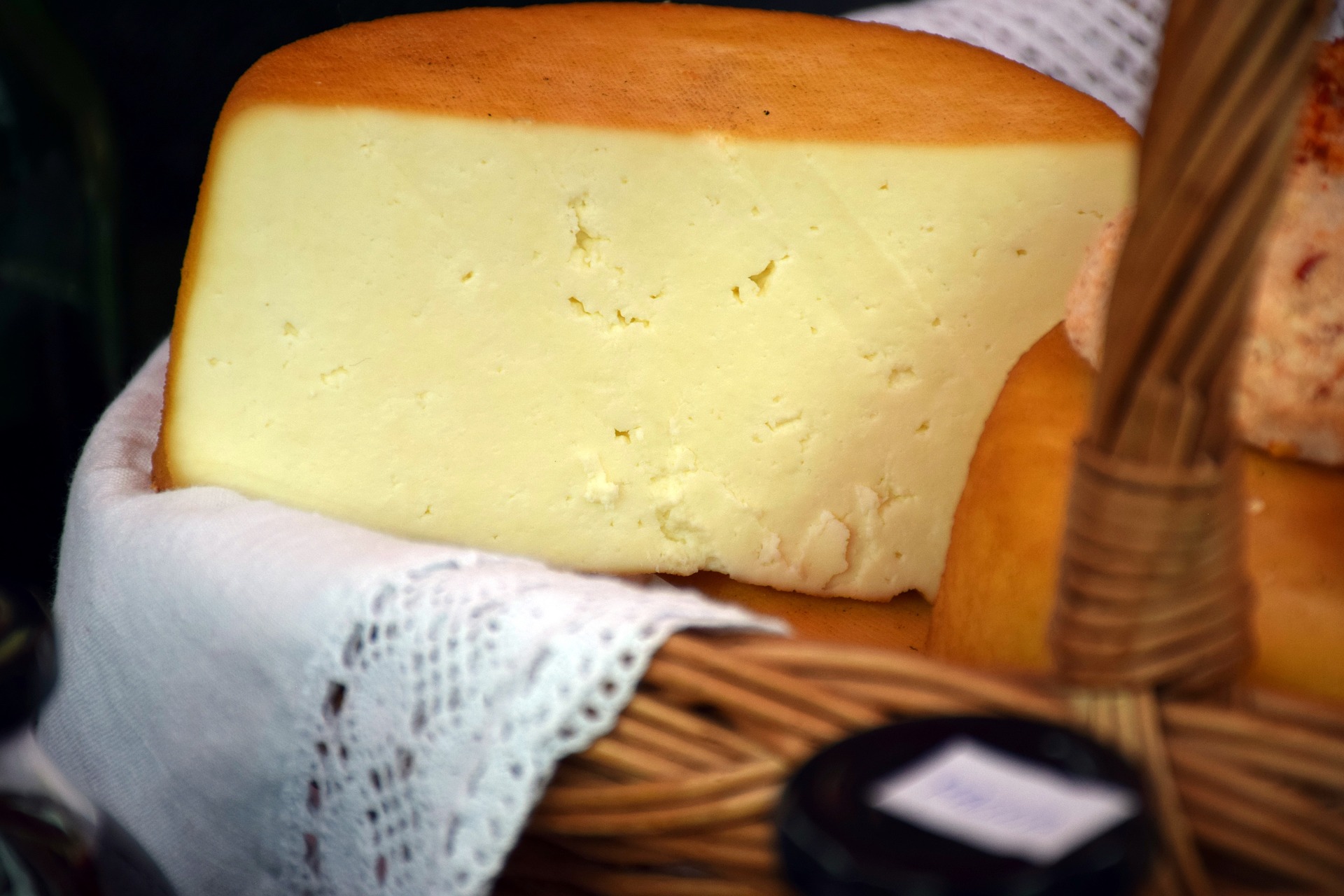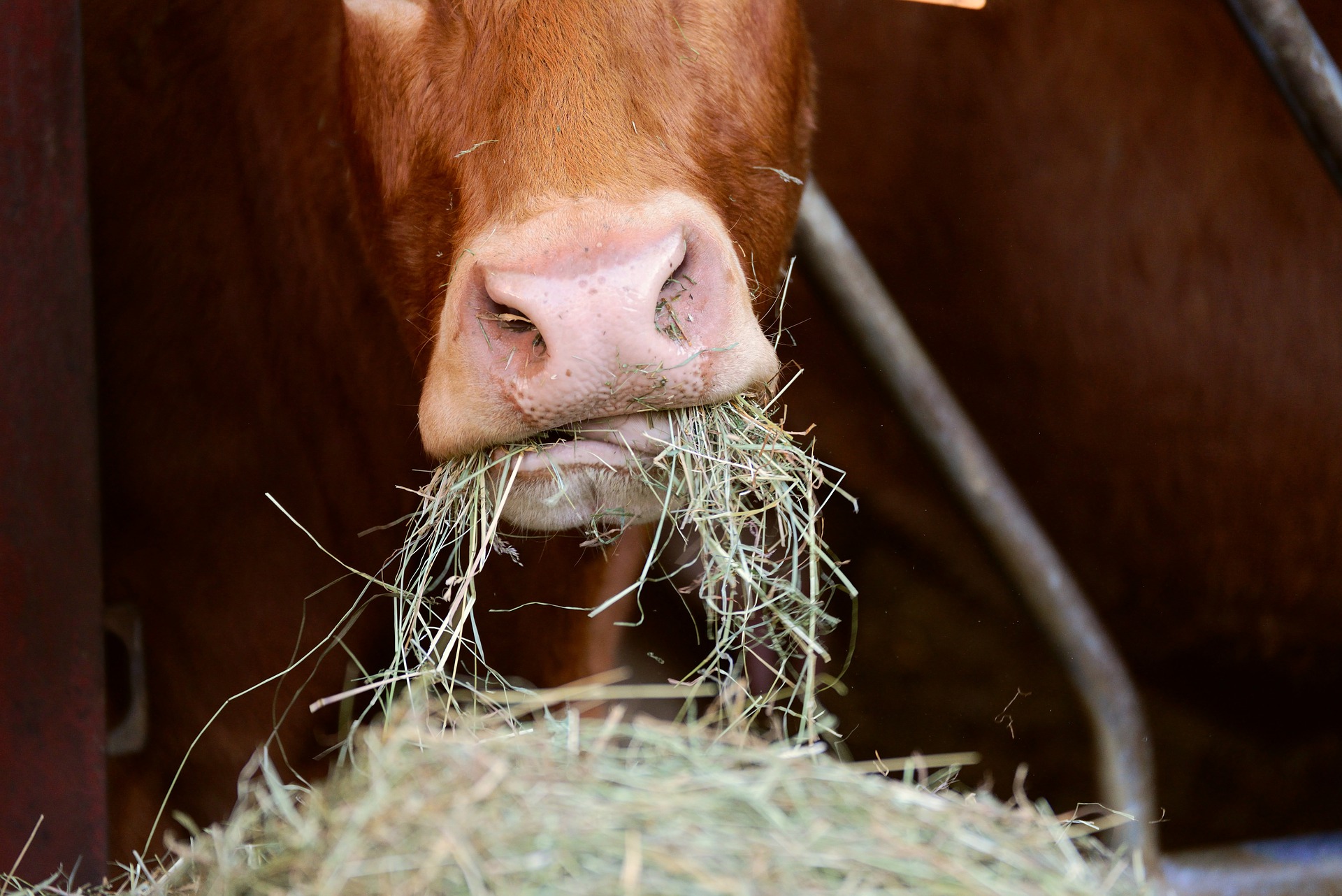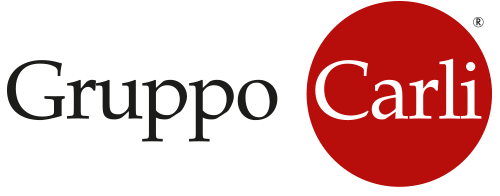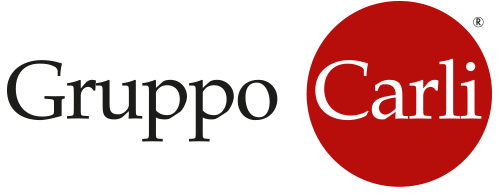How to increase protein and casein in milk
by Mattia Fustini
Protein and casein level are the main parameters for quality evaluation, both technological and nutritional facts. The phenomenon of milk coagulation depends on casein, while the protein is the main nutritional parameter. For example, in Parmigiano Reggiano cheese production, the increase of 1 gram of casein can lead to more than 3 grams of mature solid cheese

Protein is made up of casein, serum protein (albumin, immunoglobulin and proteose peptones) and non-protein nitrogen substances (urea). Like protein, casein is measured by laboratory analysis and represents roughly 77% on average of total proteins (for example, with a protein value of 3.5%, we would expect a casein value of 2.7%). Therefore, the milk content of protein and casein demonstrate a premium quality product, which are also the most difficult to control.
There are several factors that determine protein and casein synthesis in milk: the genetics of the animal, the feed ration and the breeding conditions.
Stage of lactation
In a standard lactation curve, milk protein content is more than 4% in the first week after calving (residue of the properties of colostrum); there is a subsequent fall until the peak of lactation, followed by a gradual growth with the increasing number of milking days. It is necessary to make a distinction between the quantity of protein/casein produced by the udder (total daily kg of protein/casein) and the percentages measured in milk. The percentage is also linked to other solids present in milk (fat and lactose) and the quantity of water. With an increase in the number of days in milk, there is usually an increase in percentages and a fall in the total kg of protein/casein. This is influenced by the fact that the synthesis of lactose decreases more than the synthesis of protein. Lactose determines the quantity of milk produced, bringing water to the udder, and for this reason, a constant concentration of around 5% is maintained.
Maximizing feed intake
A correct feed intake, especially after calving, improves the energy balance in cows, ensuring against the weight loss (optimal BCS 3 – 3.25) and improving milk protein by 0.2-0.3 points. As a benchmark, we consider an average intake of dry substances of 3.5-4% of body weight: animals with approx. 600 kg should eat 21-24 kg of dry matter (on average 1 kg of hay contains 0.88 kg of dry matter and 0.12 of water); lower intake could limit the protein synthesis of milk. During summer, the level of protein/casein decreases significantly, probably due to changes in metabolic conditions as a consequence of heat stress and diet. Therefore, all the practices that reduce the negative effects of heat on cattle will improve the quantity of milk protein and casein.

Critical amino acids: lysine and methionine
There is an optimal ratio between amino acids to increase milk’s quantity and quality and to improve animal health. Methionine and lysine are the two amino acids influencing milk production and have been established guidelines for their correct balancing. Lysine should represent 15% of the metabolizable protein that reaches the intestine (metabolizable protein = microbial protein + protein in the diet not used in the rumen), while methionine should represent 5%; the optimal ratio between these two amino acids is 3:1. When diets present an optimal ratio between lysine and methionine, the efficiency of the use of both metabolizable proteins and feed increases, improving animal performance.
The importance of quality forage
Dairy cattle nutrition has become extremely detailed nowadays, putting light on the biological processes that determine the feed synthesis and milk quality. The key factor that determines the quantity of synthesized microbial protein is the quantity of nitrogen available in the rumen along with the fraction of fermentable carbohydrates, which act as sources of energy for this synthesis, in particular starch and fermentable NDF (neutral detergent fiber). Microbial protein is extremely important as it provides 50- 80% of essential amino acids: optimizing production, therefore helps to increase the efficiency of nitrogen use, at the same time making it possible to keep ration costs under control. It has been shown that the addition of fats to the diet has a negative impact on milk protein (a decrease, on average, of 0.3%). It is fundamental to use forages at an early ripening stage, containing a high quantity of degradable fiber, that allows maximizing the rumen potential in producing microbial protein, besides promoting high levels of feed intake.
Dr. Mattia Fustini

D.V.M. cum laude and Ph.D. in Feed and Food Science from University of Bologna. Specialization cum laude in Animal Health, Breeding and Zoothecnical Production from University of Camerino. Dott. Mattia Fustini was born in the northern of Italy, Trentino province, where he grow up on a dairy farm. In 2007 he spent a year at the Penn State University under the tutoring of Dr. Jud Heinrichs studying the Physically Effective Neutral Detergent Fiber. He was responsible for the Experimental Farm at the University of Bologna from 2008 to 2017.His research focus on the effect of forage particles size on chewing behavior, milk production, and rumen fermentation in lactating dairy cows. He is currently an independent consultant working in dairy nutrition and management.

